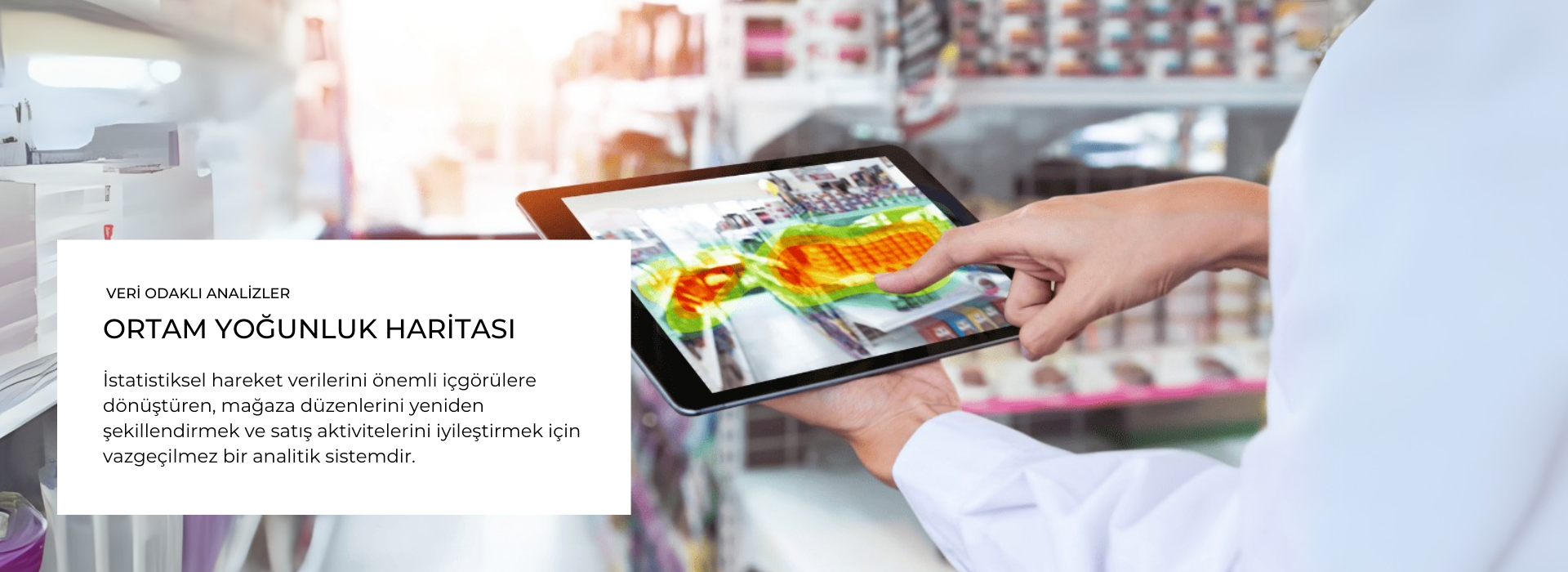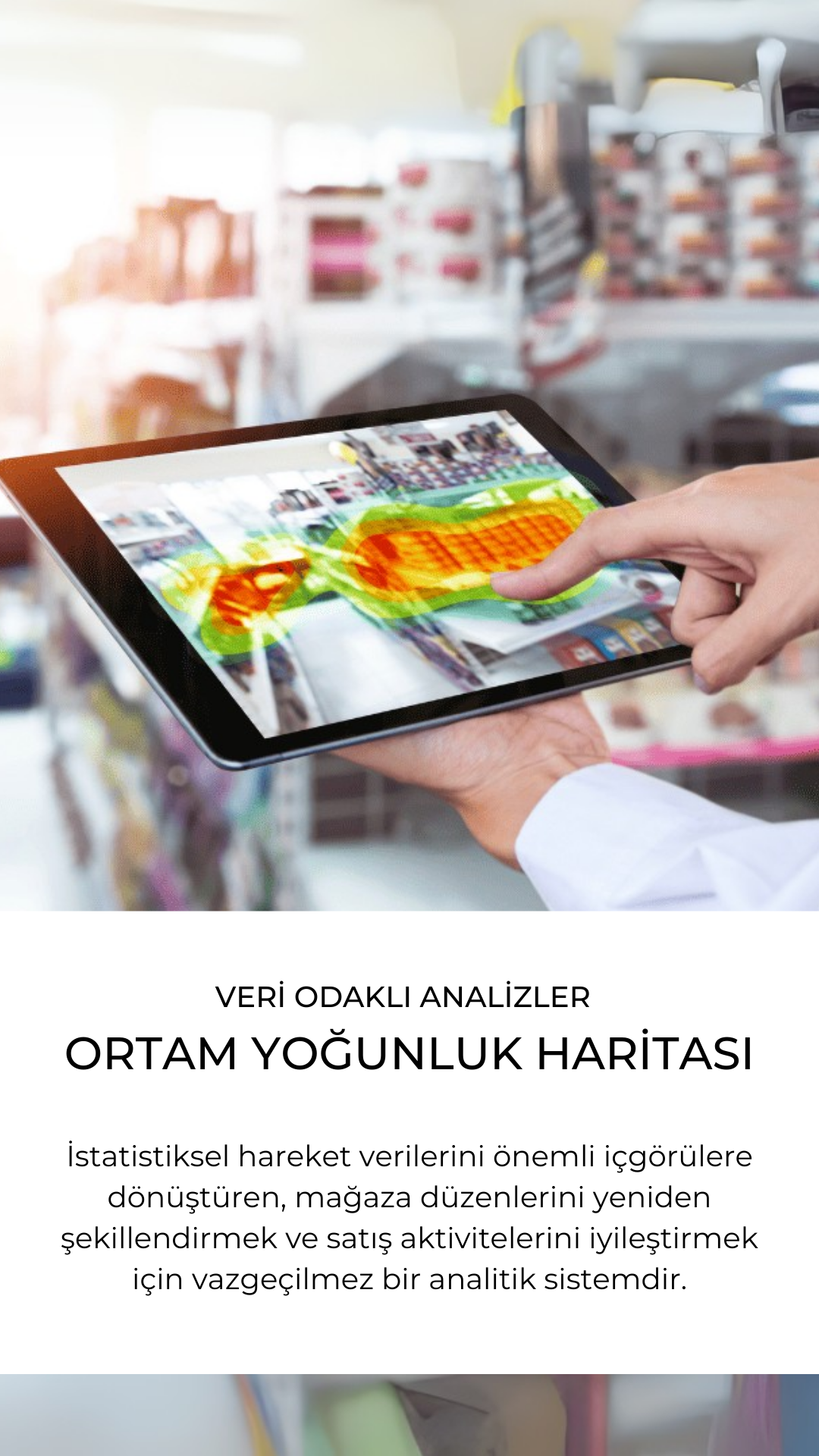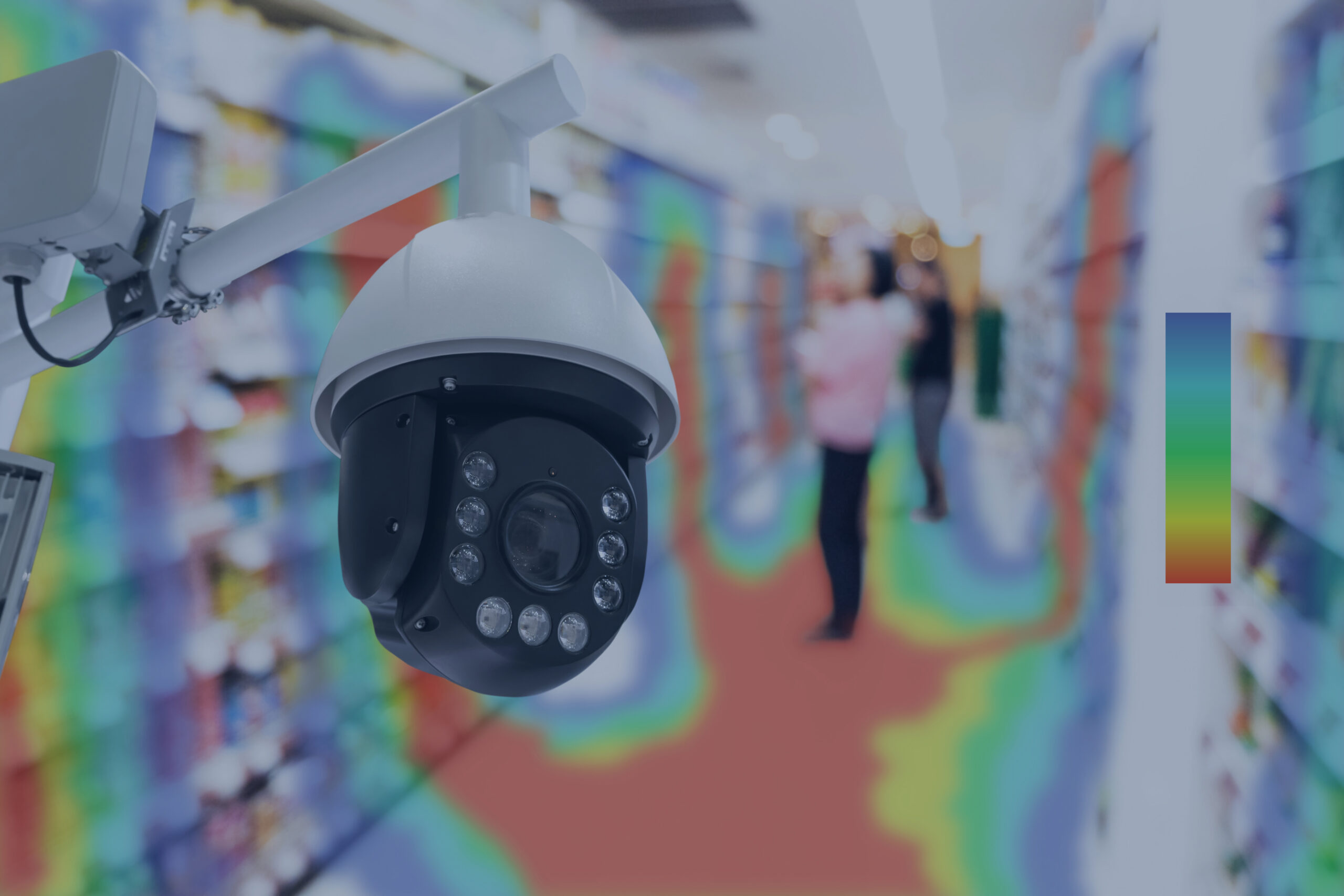


Real-time Data to Optimize Your Store Layout
Understanding customer behavior is critical to improving customer satisfaction and sales in the retail industry. Knowing how customers move around a store, what products they browse, and how much time they spend can help businesses develop strategies to improve the shopping experience and increase sales.
A density map is a tool used to analyze customer movements within a store. These maps show where customers are concentrated in the store, the areas where they spend more time, and which products they browse the most.
Ambient density maps can provide retail businesses with the following benefits:
Better understanding of customer behavior: Ambient density maps can help businesses better understand how their customers move around the store and what products they are interested in. This information can help businesses develop strategies to improve the shopping experience and increase sales.
Optimizing store layout: Ambient density maps can help businesses optimize their store layout. For example, businesses can change the store layout to make the most popular products more visible.
Increase sales: Ambient density maps can help businesses increase sales. For example, businesses can set up marketing campaigns to highlight products that customers are most interested in.
How Does Ambient Density Map Work?
Ambient density maps use image processing technology to calculate data from images captured from store cameras. This data is converted into a heat map of the store layout.
Heatmaps are created using color codes. Colors represent the level of density at a point. For example, red represents the most dense point, and black represents the least dense point.
Areas of Use of Ambient Density Map
Ambient density maps are used in other industries besides retail. For example, in healthcare, ambient density maps can be used to monitor density levels in hospital corridors.
Some specific examples of where ambient density maps can be used include:
Monitoring customer traffic in-store: Ambient density maps can help businesses track customer traffic in-store. This information can help businesses evaluate the effectiveness of in-store campaigns and plan in-store events.
Identifying customer interests: Ambient density maps can help businesses identify customer interest areas. This information can help businesses optimize product distribution and customize marketing campaigns to target audiences.
Evaluating customer satisfaction: Crowd maps can help businesses assess customer satisfaction. For example, businesses can assess customer satisfaction by monitoring crowd levels at the checkout counter.
Ambient density maps are a powerful analytics tool for retail businesses. These maps can help businesses better understand customer behavior, optimize store layout, and increase sales.
